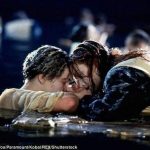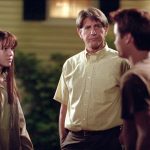🎬 The Hobbit: An Unexpected Journey: A Grand Return to Middle-earth
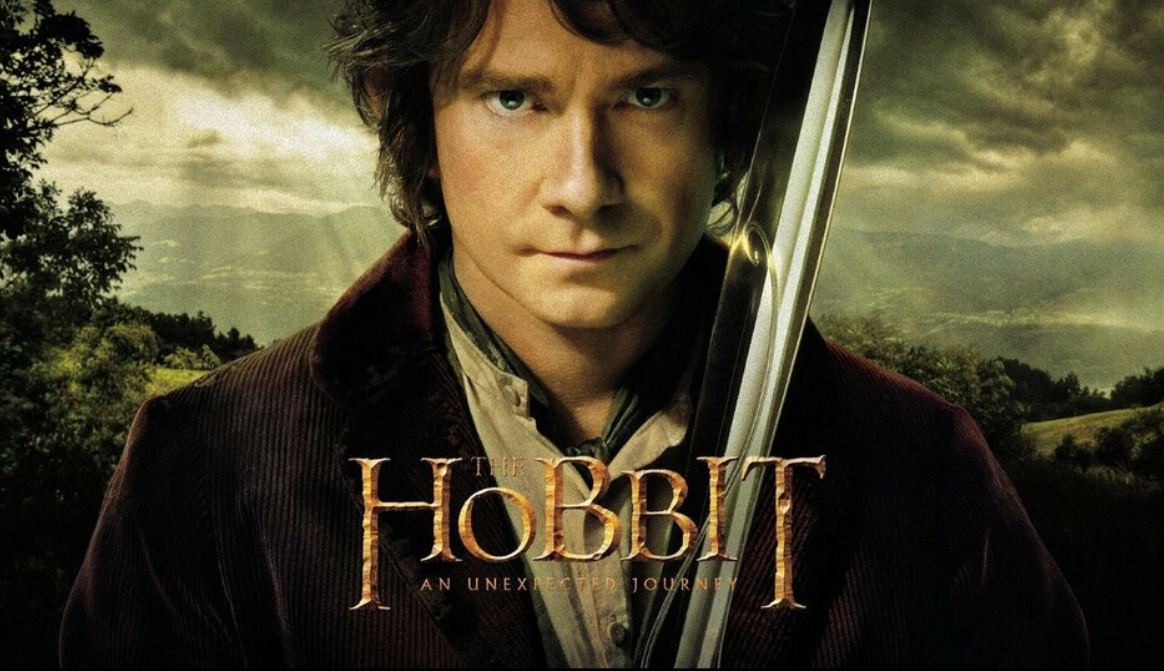
Director: Peter Jackson
Main Cast: Martin Freeman, Ian McKellen, Richard Armitage, Ken Stott, Cate Blanchett, Andy Serkis
The Hobbit: An Unexpected Journey (2012) is the first installment in Peter Jackson’s epic adaptation of J.R.R. Tolkien’s beloved novel The Hobbit. Set in the same richly detailed world as The Lord of the Rings, the film follows the journey of Bilbo Baggins, a reluctant hobbit who is swept into an adventure far beyond his cozy Shire home. Alongside a group of dwarves and the wizard Gandalf, Bilbo embarks on a quest to reclaim the lost Kingdom of Erebor from the fearsome dragon Smaug.
What to Expect in The Hobbit: An Unexpected Journey (2012)
- A Richly Detailed World:
- The film returns audiences to the enchanting world of Middle-earth, with breathtaking landscapes, meticulously crafted sets, and a deep sense of history and lore.
- From the peaceful Shire to the eerie depths of the Goblin Kingdom, every location is brought to life with stunning detail.
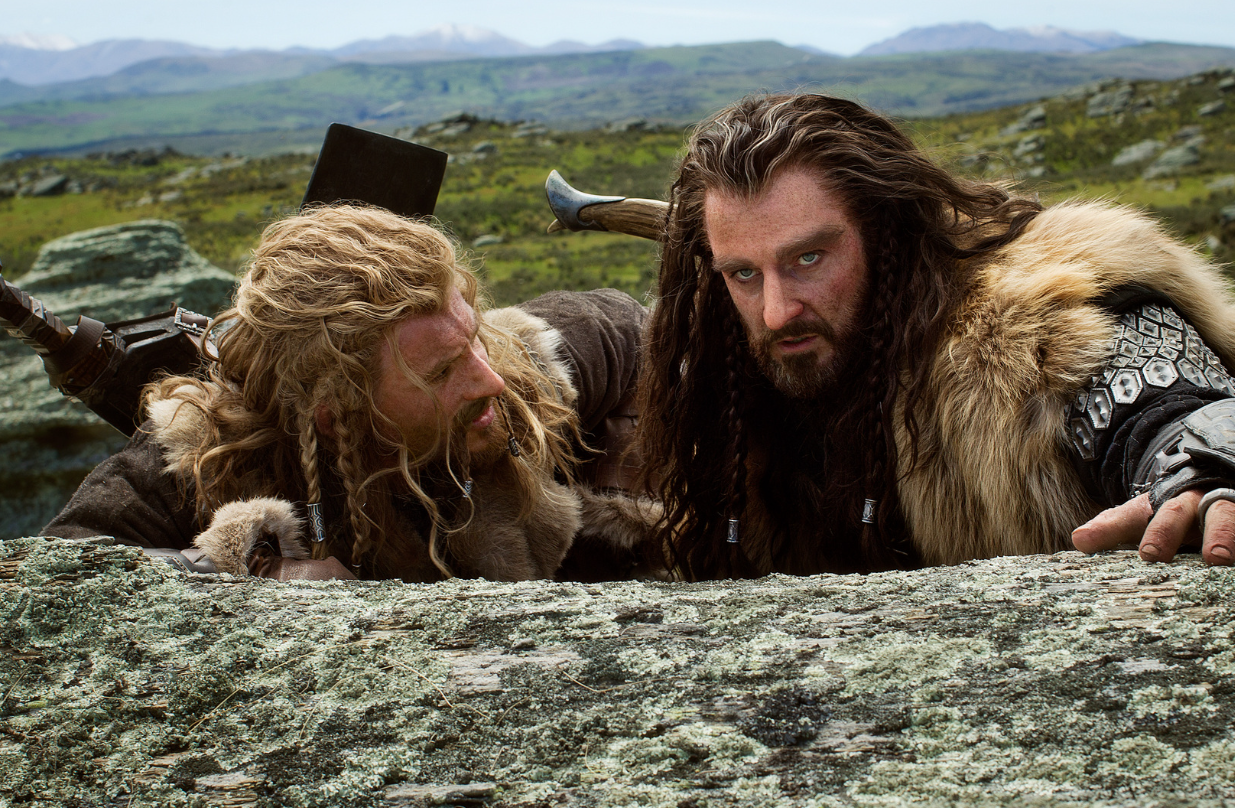
- Epic Adventure:
- Bilbo’s journey is filled with perilous encounters, from battling trolls and goblins to outwitting the mysterious Gollum.
- The film balances moments of intense action with quieter, character-driven scenes that deepen the emotional stakes.
- A Talented Ensemble Cast:
- Martin Freeman shines as Bilbo Baggins, perfectly capturing the character’s blend of vulnerability, courage, and humor.
- Ian McKellen returns as Gandalf, bringing wisdom and gravitas to the role, while Richard Armitage delivers a commanding performance as the dwarf leader Thorin Oakenshield.
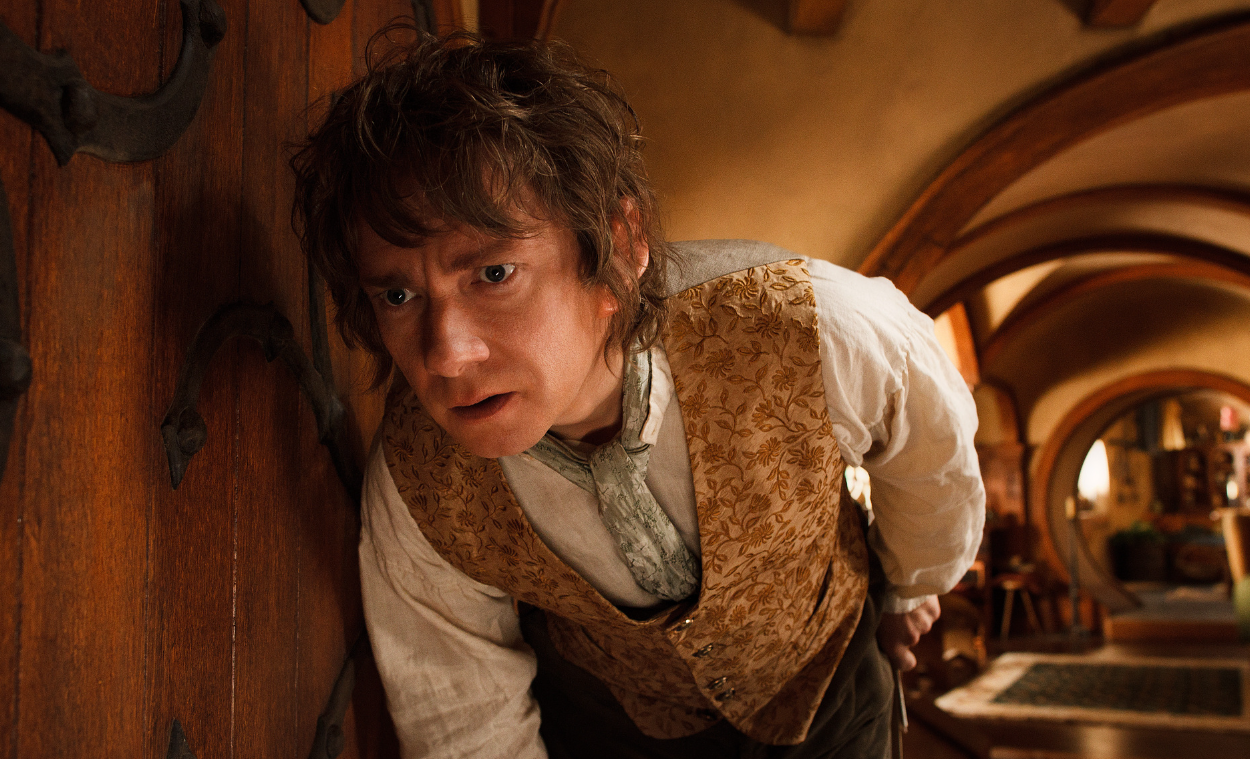
- Stunning Visual Effects:
- The film uses groundbreaking visual effects to create everything from massive battles to the intricate movements of the dragon Smaug.
- Gollum, portrayed by Andy Serkis, is a standout, with motion-capture technology bringing this complex character to life in a truly remarkable way.
- A Sweeping Musical Score:
- Howard Shore’s score is a highlight, with themes that evoke the grandeur and emotion of the journey.
- The music adds depth to the film’s most dramatic and intimate moments, enhancing the overall viewing experience.
Cinematic Techniques
The Hobbit: An Unexpected Journey is a visual and auditory spectacle, employing advanced filmmaking techniques to immerse viewers in its fantasy world. Peter Jackson’s use of high frame rate (48 frames per second) gives the film a distinct look, making the action sequences incredibly smooth and detailed. The cinematography captures the vastness and beauty of Middle-earth, while the practical effects and set designs add authenticity to the fantastical elements. The film’s pacing carefully balances the leisurely start of Bilbo’s journey with the escalating tension as the group ventures further into danger.
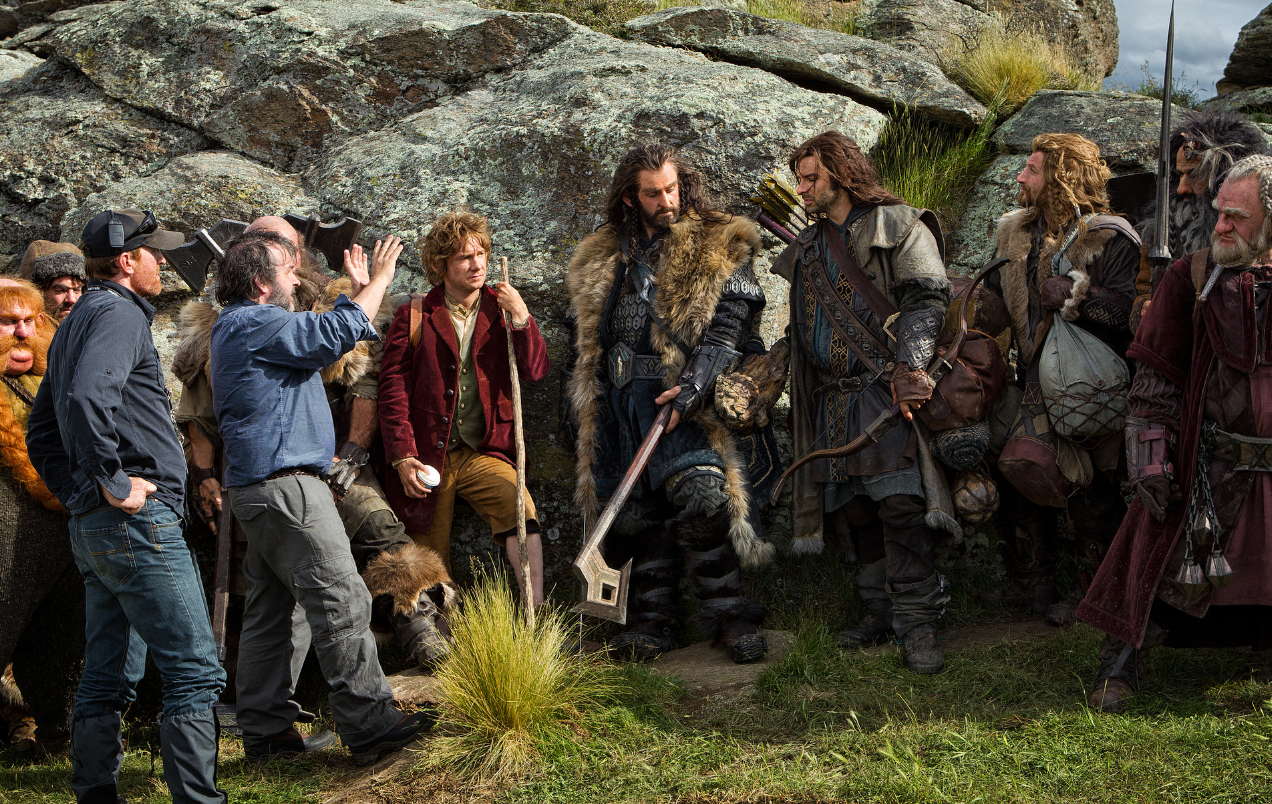
Legacy and Influence
As the first film in The Hobbit trilogy, An Unexpected Journey reintroduced audiences to Middle-earth, expanding the lore and deepening the connection to The Lord of the Rings saga. While the film was met with mixed reactions regarding its length and the decision to split The Hobbit into three films, it nevertheless became a significant box office success and contributed to the enduring popularity of Tolkien’s world. Its influence extends to fantasy cinema, setting a high standard for world-building and special effects.
Conclusion
The Hobbit: An Unexpected Journey is a grand and nostalgic return to the world of Middle-earth, offering a richly detailed adventure that captures the spirit of Tolkien’s work. With its strong performances, stunning visuals, and epic scope, the film serves as both a prelude to The Lord of the Rings and a compelling story in its own right. Whether you’re a longtime fan of the series or new to the world of hobbits and dragons, An Unexpected Journey offers a magical cinematic experience that transports you to a place of wonder and excitement.

